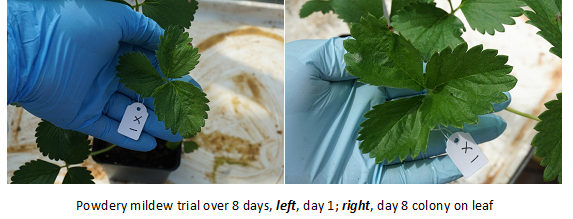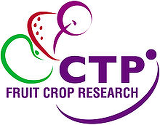October 2018 – September 2022
Wayne Andrews

Artificial intelligence applications, in particular, deep learning techniques, that underpin image recognition are transforming society. They are now widely used in image analysis for a wide range of applications requiring object segmentation, classification, and recognition.
In this project, Wayne is developing a deep learning image library and algorithms to identify, enumerate and geo-locate a range of critical pests and diseases that impact soft fruit production, initially focuses on diseases. This enables accurate pest and disease monitoring, at least as accurate as human agronomists, automation of agronomic support and more effective decision-making by fruit growers. Specific attention will be paid to investigate whether it is possible to detect those strawberry leaves or fruits with latent fungal infection.

Wayne is focussing on the early detection of common disease found in commercial growing environments that would ordinarily require either herbicides or pesticides to control/combat them. With the availably of chemicals dwindling over time it is imperative that a non-chemical solution is found and the simplest form of this would be early detection and treatment before adverse effects are significant enough to affect yield.

With current technology, Wayne is to explore the use of computer vision coupled with deep learning to identify plants that are exhibiting symptoms of stress and recording this during “inspections” (inspections are anticipated to be simply reviewing footage during traversal or processing footage offline once a unit returns to base). It is hoped the data capture can be accomplished without requiring extra passes unless a problem is found or an area is of a particular risk. Predominantly focussing on the early detection of common diseases found in commercial growing environments that would ordinarily require either herbicides or pesticides to control/combat them. With the availably of chemicals dwindling over time it is imperative that a non-chemical solution is found and the simplest form of this would be early detection and treatment before adverse effects are significant enough to affect yield.
